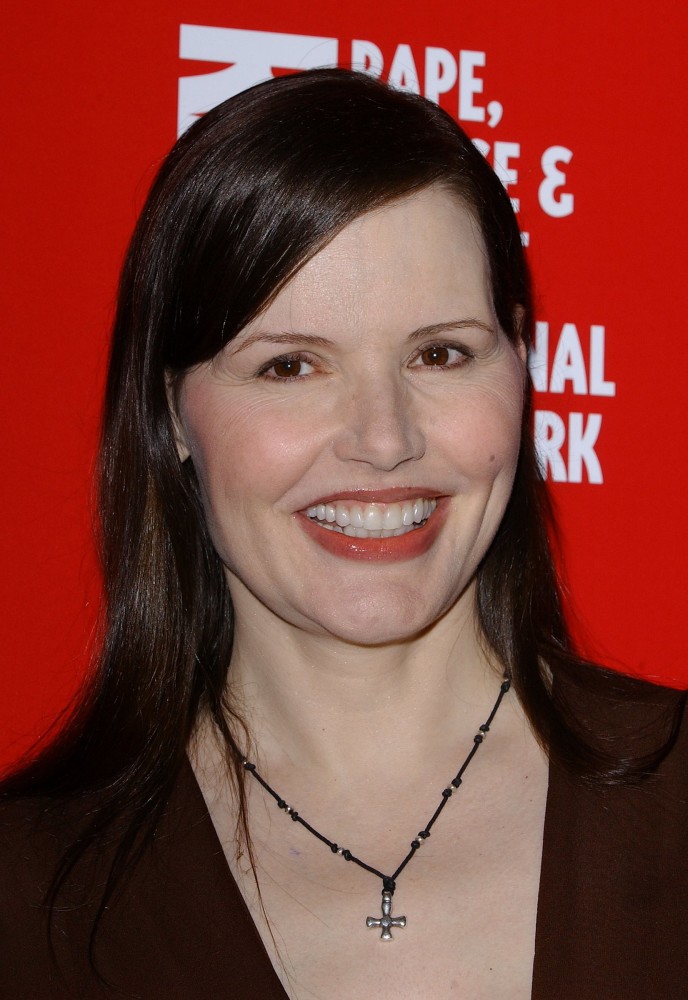By Mary Sanchez
The Kansas City Star.
Google Geena Davis and up pops the pose that established her as half of the “first selfie.” The iconic frame from “Thelma & Louise” was reprised and tweeted recently by her costar Susan Sarandon.
The photo, and the movie’s recent ranking among Hollywood’s 100 favorite films, has the actor in the news. But what Davis has been doing behind the scenes in Hollywood is far more important than any trending celebrity story. In fact, it’s groundbreaking.
For years now, Davis has been holding closed-door meetings with Hollywood directors, studio heads, screenwriters, producers and casting agents — all the people that bring characters and stories to audiences.
She’s pressing them on something that supposedly progressive Hollywood thought it had overcome years ago: the alarming disparities in how the genders are depicted on screen.
Consider something as humdrum and seemingly innocuous as crowd scenes. They’re overwhelmingly populated by male characters. Even in animated films, those kid-friendly box office hits that one might assume are held to a higher standard of inclusiveness, female characters are few and far between.
Davis noticed this when she began watching movies with her then-toddler daughter.
In group scenes of family films, only 17 percent of the characters are female. The statistic holds almost regardless of setting.
That figure, by the way, come from studies conducted by the USC Annenberg School for Communication and Journalism commissioned by the Geena Davis Institute on Gender in Media.
That’s right. Davis didn’t let the matter drop. She decided to do something about it.
Other research analyzed nearly 12,000 speaking roles and found that only 11 percent of family films, 19 percent of children’s shows and 22 percent of prime-time programs feature girls and women in roughly half of all speaking parts.
Surprisingly, family films often are found to over-sexualize female characters. Teeny tiny waists, voluptuous curves … we all recognize the non-lifelike proportions. Male characters didn’t suffer the same “eye candy” fate.
On screen, women don’t exist in the numbers they do in real life. The imbalance is perpetuated, Davis believes, because “it doesn’t feel wrong.” Contemporary audiences, both men and women, have been conditioned simply not to notice.
To see how lopsided movies are from a gender perspective, Davis recommends submitting them to the so-called Bechdel test. A film passes if at least two women talk to each other about something other than men. Start noticing. It’s astounding how many do not meet that low standard.
Further research sponsored by the Davis Institute found that from 2006 to 2009, not one female character was depicted in a G-rated family film with the occupation of medical science, as a business leader, or in law or politics. And 80.5 percent of all the employed characters were male and 19.5 percent female.
The good news is that executives tend to react favorably when Davis shows them the data. Sometimes, even immediately, scripts are changed on the spot, such as by rephrasing casting directions to specify that half the crowd in a scene will be female.
AMC Entertainment invited Davis to Kamsas City to address a group of employees and discuss future projects involving the theater chain and the Geena Davis Institute.
She pointed out that there was a time when studios made numerous films starring strong female leads. After World War II, as if mimicking the push to put Rosie the Riveter back in the kitchen as soldiers returned home, the industry lost interest in female characters.
In her own career, Davis has done much to swim against that current. She starred in, “A League of Their Own,” about the All-American Girls Professional Baseball League that existed from 1943 to 1954. And then there was her role opposite Sarandon as Thelma, which she says “changed the course of my life.” She wryly admits that, no, the lead characters are not exactly role models for girls.
“We kill a guy, drive drunk, have sex with a stranger, hold up a liquor store and kill ourselves.”
No matter. She’s not pitching so much for similar strong female leads as for more analysis of the supporting casts, of crowd scenes, of the total image of society that young children receive when watching film. Film critics could do wonders by noting such things in reviews.
Another item on Davis’ agenda is tackling what she views as one of Hollywood’s greatest myths: the idea that women will watch films with male leads but not so much the reverse.
Dispelling that notion will make a nice sequel.

















































































































































































































































































































































































